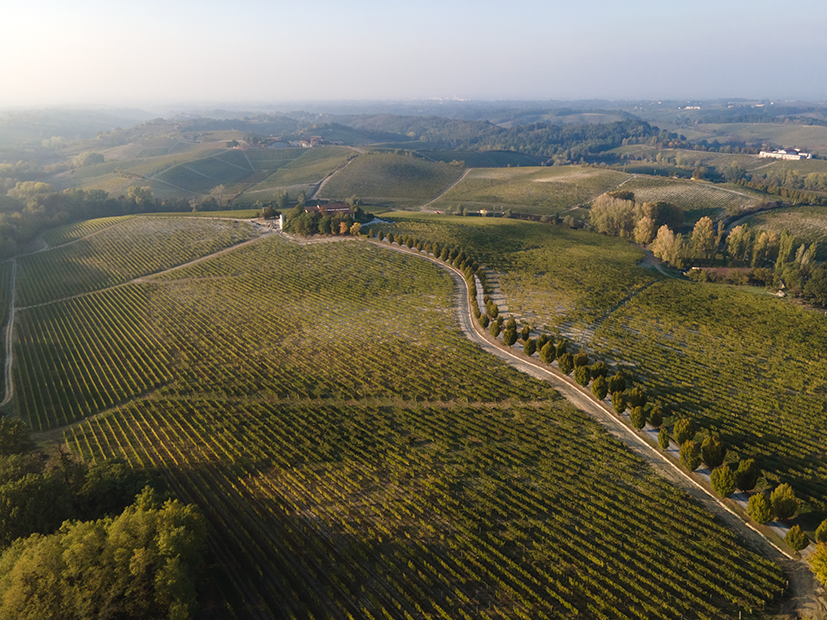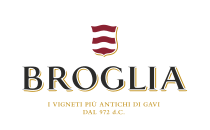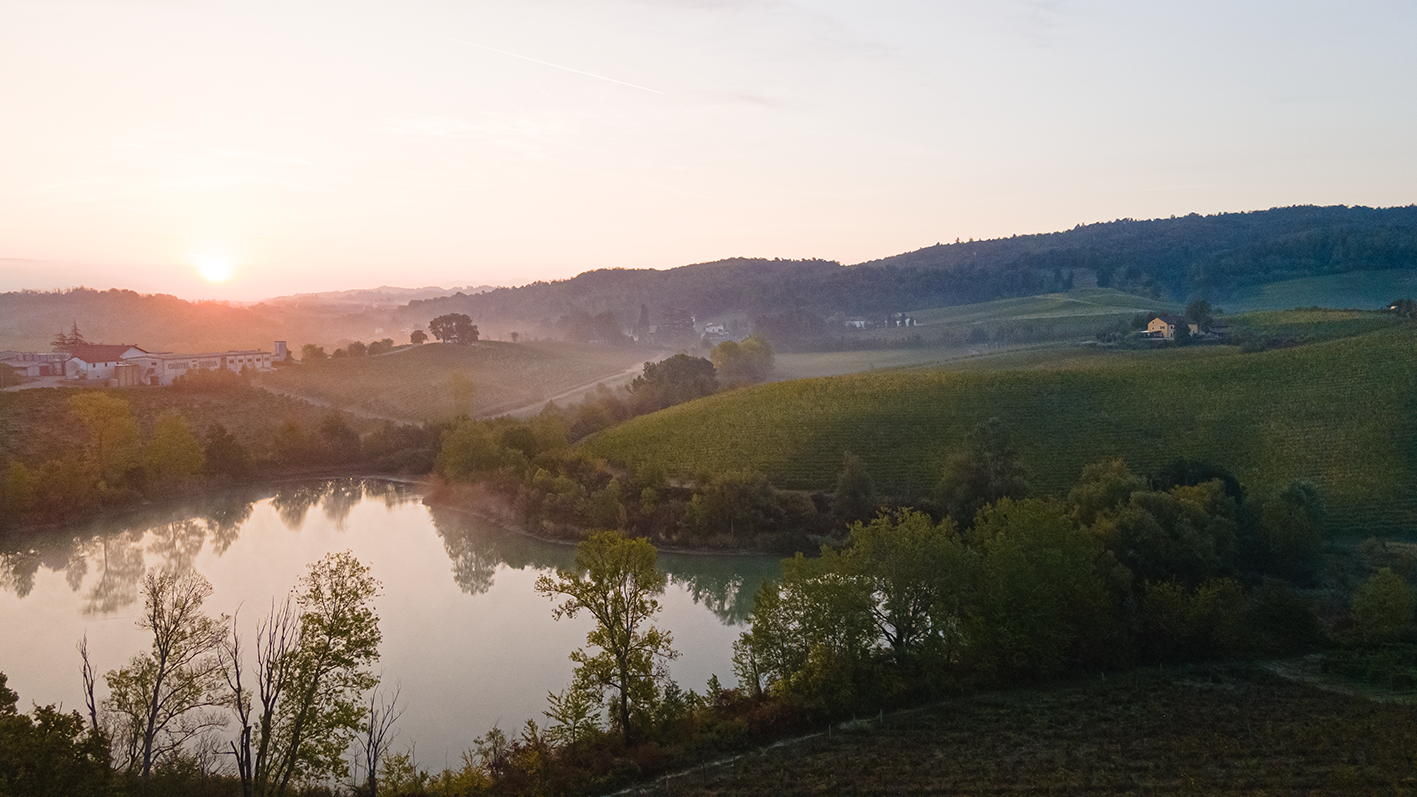The village of Gavi, is the principal village of eleven Communes, as with the other most important wine classifications in Piedmont, Gavi gives its name to the wines within its classification.
La Meirana is located in the heart of this territory and represents the most ancient name attached to it.
Indeed, a rental lease for Meirana, dated June 3rd AD 972 is registered in a preserved document in the State in Genova archives, in which the Bishop of Genova declares ‘ Pietro and Andrea, free men, the vineyards and chestnut woods that the Genoese Church possesses in the places of Gavi and of Meirana…Our Estate was created therefore at the dawn of the history of Gavi.
The initial reason for the cultivation white grape vines in Piedmont it is due therefore to the close bond that the Gavi area has always had with Genova and its aristocracy.

In order for the Genovese aristocrats to be able to combine a wine with their Mediterranean cuisine, characterised mainly by fish and white meats, they replaced the black grape variety known as ‘ nibiò’ (the local name for Dolcetto), with the Cortese vine.
In Particular, the area of Gavi is connected to the traditions of the Piedmontese wine-growing. Thanks to the high acidity level of its grapes, the Cortese vine, has been the prime producer and has been used for many years in the production of the most important ‘blanc- de- blanc’ wines of the region
Louis Oudard, enologist of the wine cellars of Cavour in Grinzane, was the first in the area to use the Cortese grape for his sparkling wines, thus promoting its reputation, which was initially limited solely to Lombardy and the Savoia, and at the beginning of 1860 trade with Germany, Switzerland and South America was extended.

